
Here at Reverb Machine, I usually cover sound design, but for this article, I’d like to deviate slightly and cover another side of music-making: composition. Even with the best sounding patches, and the tightest production, boring compositions will still sound boring. I’ll start out by discussing chord progressions and how to make your chord arrangements sound more interesting.
There are several ways to approach building chord progressions, such as stumbling upon sequences while jamming, or by working out the music we hear in our heads. Sometimes though, you might just want to sit down and start working on some new music from scratch, and it can help to have some harmonic techniques up your sleeve to get things sound fresh. Some artists frequently use the same basic chord movements to underpin their songs, and as you find your own sound you’ll figure out which chord progressions you relate to. For the examples below I’ll work in the key of C Major, and I’ll use the progression IV – I – vi – V, which in the key of C is F – C – Am – G. Experiment with different progressions and keys in your own music, as there is a huge wealth of harmonic options to explore. Don’t be afraid to lift chord progressions from other songs, as there is no copyright on simple chord progressions.
“One of the first things I did was I looked in my spotify playlist, that is a collection of songs I’ve heard that have cool chord progressions. I’m gonna go back and basically farm those songs for cool chord progressions. So I Iooked in there and there’s a song called “Walk Away Renee“ by the Left Banke. And then I kinda go back and replay it Weezer style, with my distorted guitar.” – Rivers Cuomo (Weezer)
How does chordal harmony work? Every chord has a root note, usually played by the bass instrument, that acts as the foundation of the chord. Every other note in the key has a relation to the root note, expressed as an interval, such a second, third or fourth, which all refer to its position within the scale. An interval will have the same harmonic ‘flavour’ in every key.

The most obvious place to start, when composing chord progressions, is with block triad chords. It might be a basic approach to harmony, but plenty of hit songs have chords arranged like this. Triads are created with the root, 3rd and 5th intervals. Arranging in this manner is straightforward, choose your chords and build them up from the root note, then double the root note down an octave, either on the same track, or on a separate track. Triads arranged in this 1-3-5 inversion have a great sound, and are easy to play, but you might find that this approach creates awkward jumps when moving between chords.
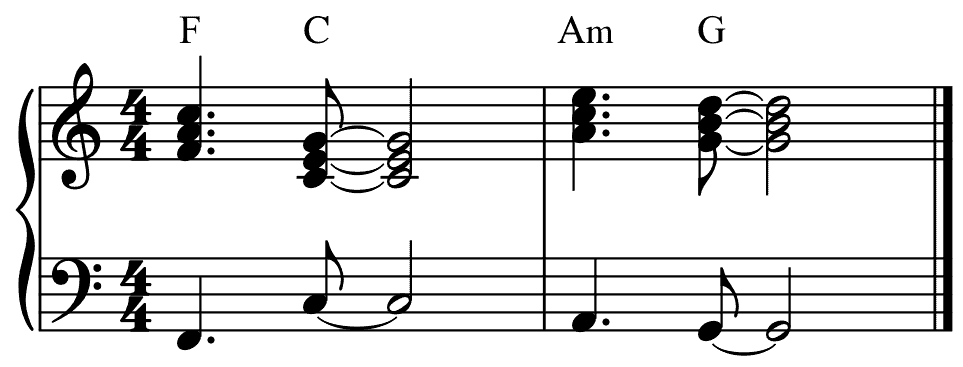
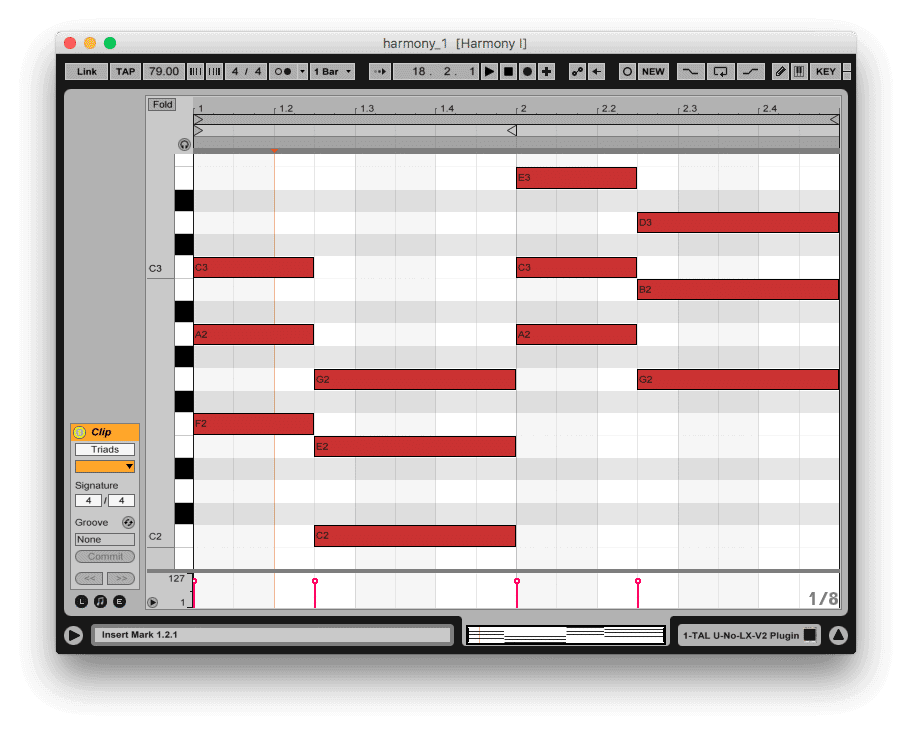
To add more colour to your chords, you can start adding extra notes, and a seventh interval is a great option, adding sweetness to major chords and a coolness to minor chords. The seventh is a third above the fifth, so add the extra note a third above all of the chords from the last example. Sevenths sound much sweeter than regular triads, and are great for psychedelic, soul and jazz music. When playing keyboards with the bass in the left hand and chords in the right, we can shift everything in the right hand up a third and omit the root note in this hand. This means the right hand has to stretch less, and doesn’t make much difference to the sound, as the root is still being played by the left hand.
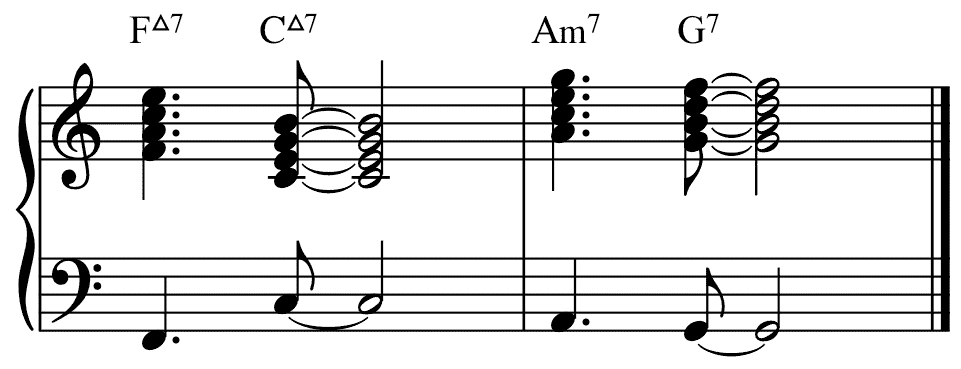
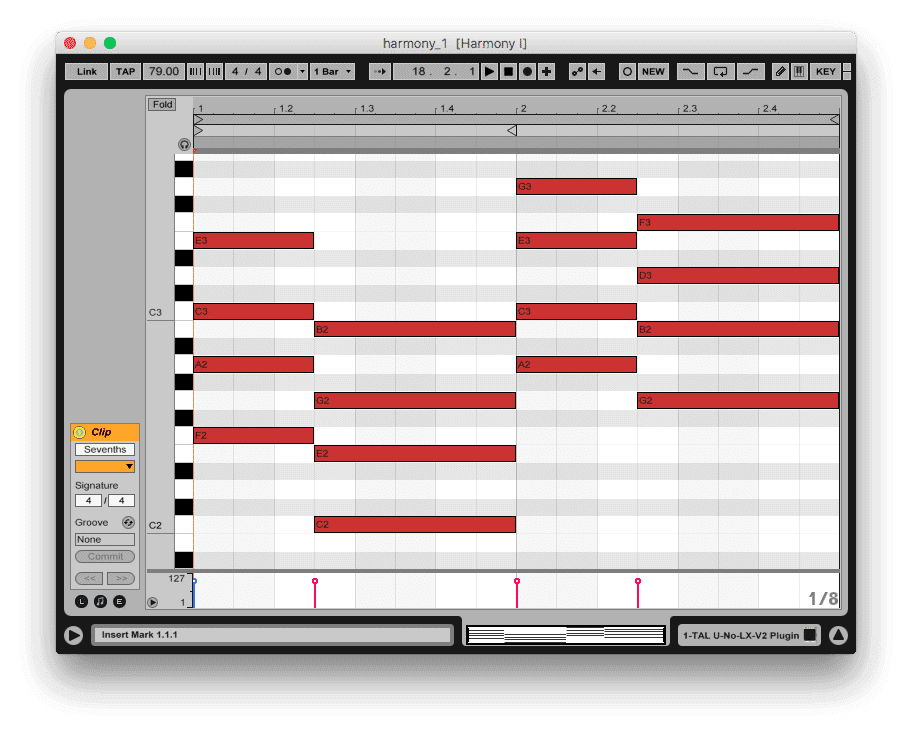
Our current approach to harmony is leaving us with some awkward jumps between chords, in this specific case, there is a big jump between the Cmaj7 chord and the following Am7 chord. We can make our chord movements sound smoother by rearranging the notes within the chords to make them flow better. To create new inversions, just raise or lower any of the notes within the chord by an octave. In our example, I raised the lowest two notes of the Cmaj7 chord to place the E on top, which fits better with the chords around it.
Note that the term inversion technically refers to chords where the bass note is not also the root of the chord, for example, an F chord over a G bass, a concept I’ll fully cover in another article.
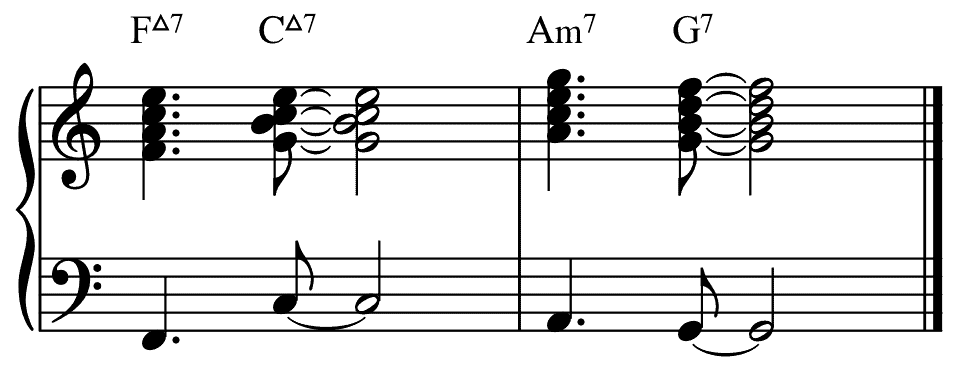
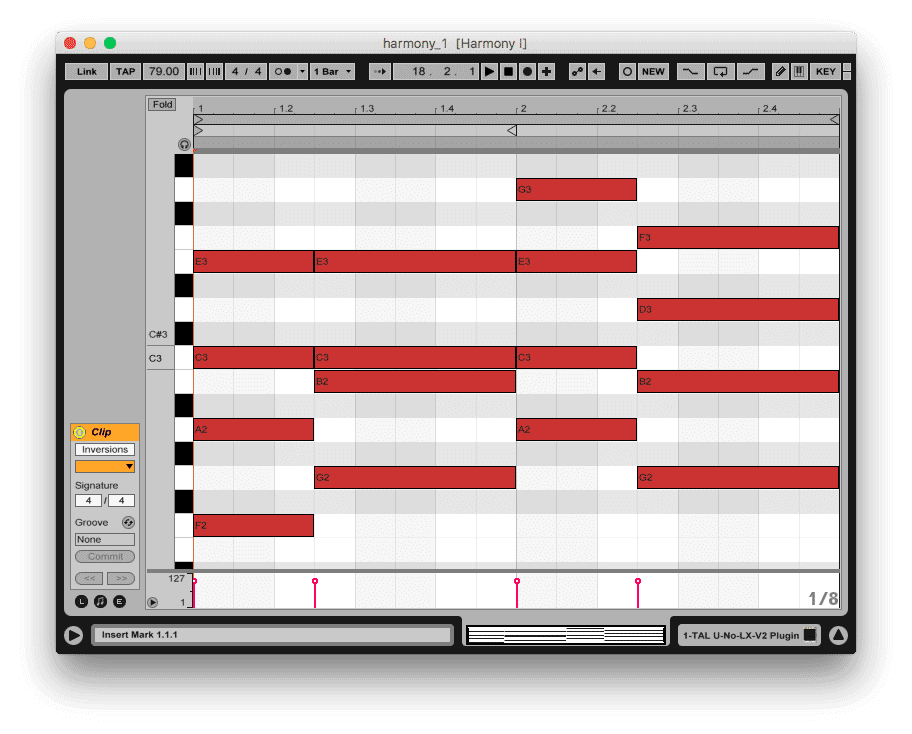
We can also ignore conventional approaches to harmony and link our chords with common tones. Rather than build up chords with all of the available intervals, I’ve voiced every chord with a B note on top, as well as an alternating A-to-G pattern. These notes affect each chord in a different way, creating some unusual harmonies, but the shared notes help each chord lead into each other, something which is extra helpful when dealing with out-of-key chords, which I’ll cover in yet another article. They also add internal melody to the progression, something which can be unique and recognisable for a song.

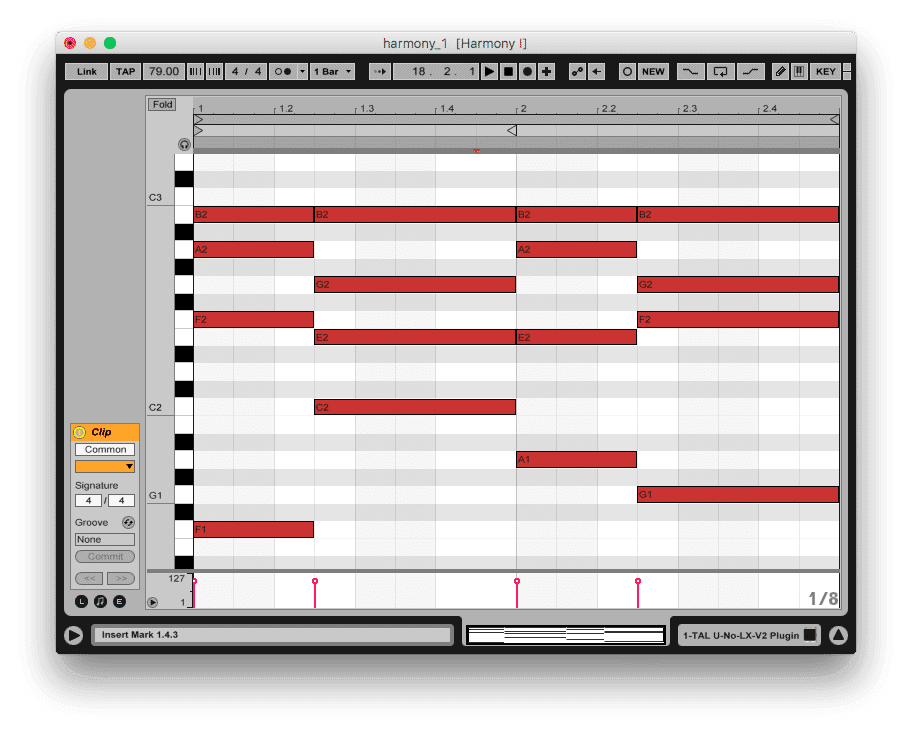
A modern approach to harmony utilises close clusters of notes to create dense, rich harmonies. The close proximity of the notes within these chords create internal inversions of minor and major seconds, which create dissonance. Go back to our basic 1-3-5 triads and start adding in 2nds and 4ths to add colour and drama to our previously normal-sounding chords. Use your ears to determine which notes work well and which ones don’t. In the example below I also moved some of the notes within the Cmaj9 chord up an octave to make it flow better with the other chords.
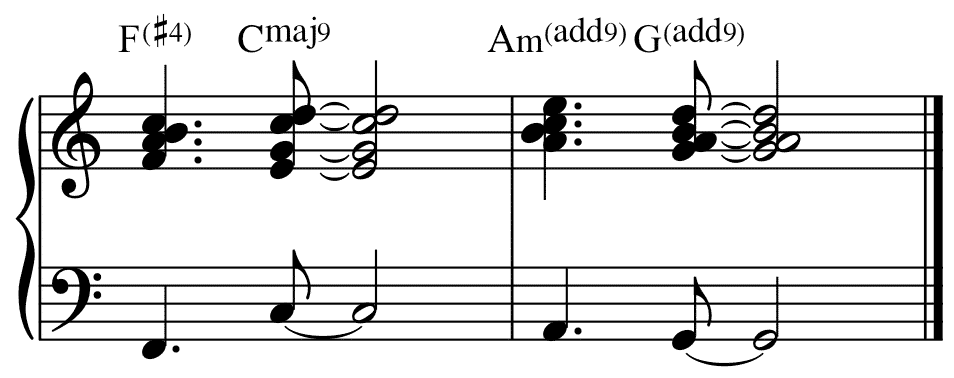
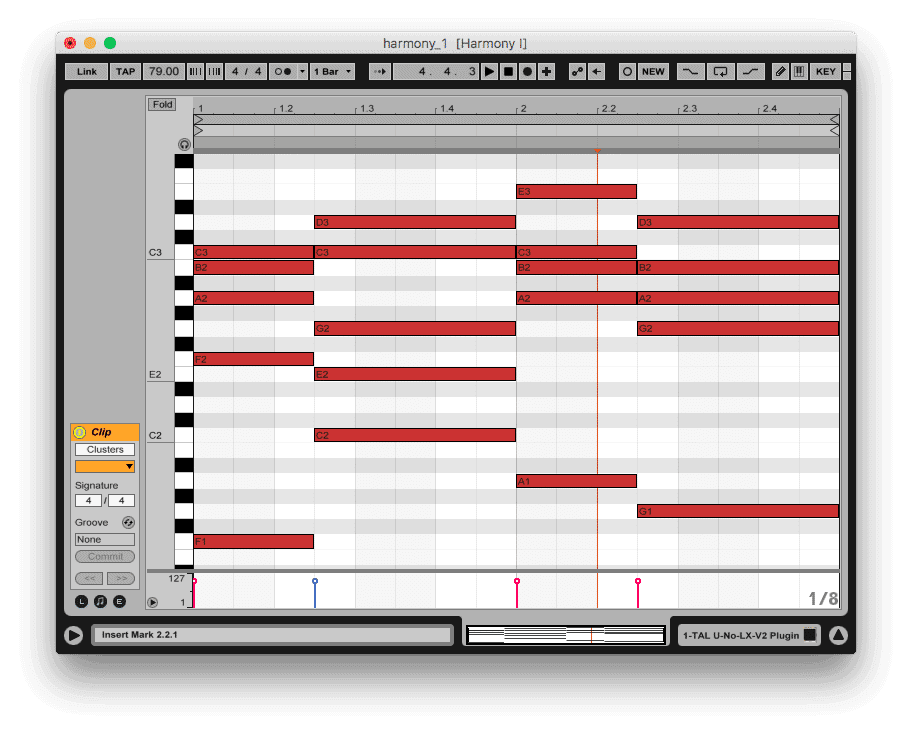
Thanks for throwing in some theory. Just wanted to say I’ve been loving the content.
Also, I wanted to share this music theory resource: https://www.hooktheory.com
The homepage looks a little gimmicky but, the tools they have are pretty incredible. I’ve learned more in two weeks than I have the last 10 years messing around on my own. It was made by 3 guys with Ph. D’s from Berkley. They cataloged over 17,000 pop, indie, r&b, etc. songs in an interactive format that you can save and explore. They also have interesting songwriting tools. And I do recommend the theory lesson apps they have. They cover the basics of theory with tons of familiar songs to illustrate the concepts.
I somehow stumbled onto the site because I was trying to find out what made Beach House song structures so unique. I realized I need to practice my scale modes 🙂
Cheers,
Jesse
Nice spam
This helped me out alot! appreciate if you post more like this!
thank u so much for the help